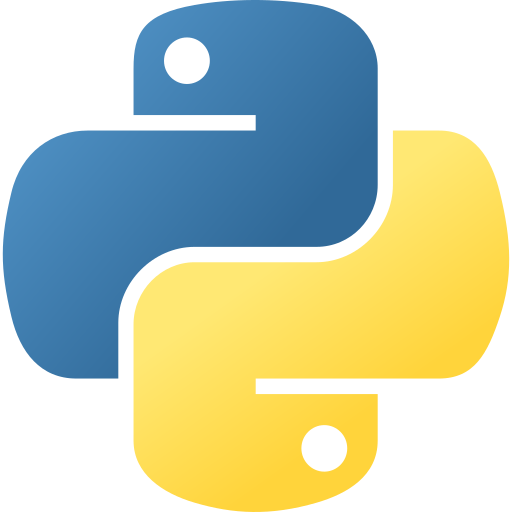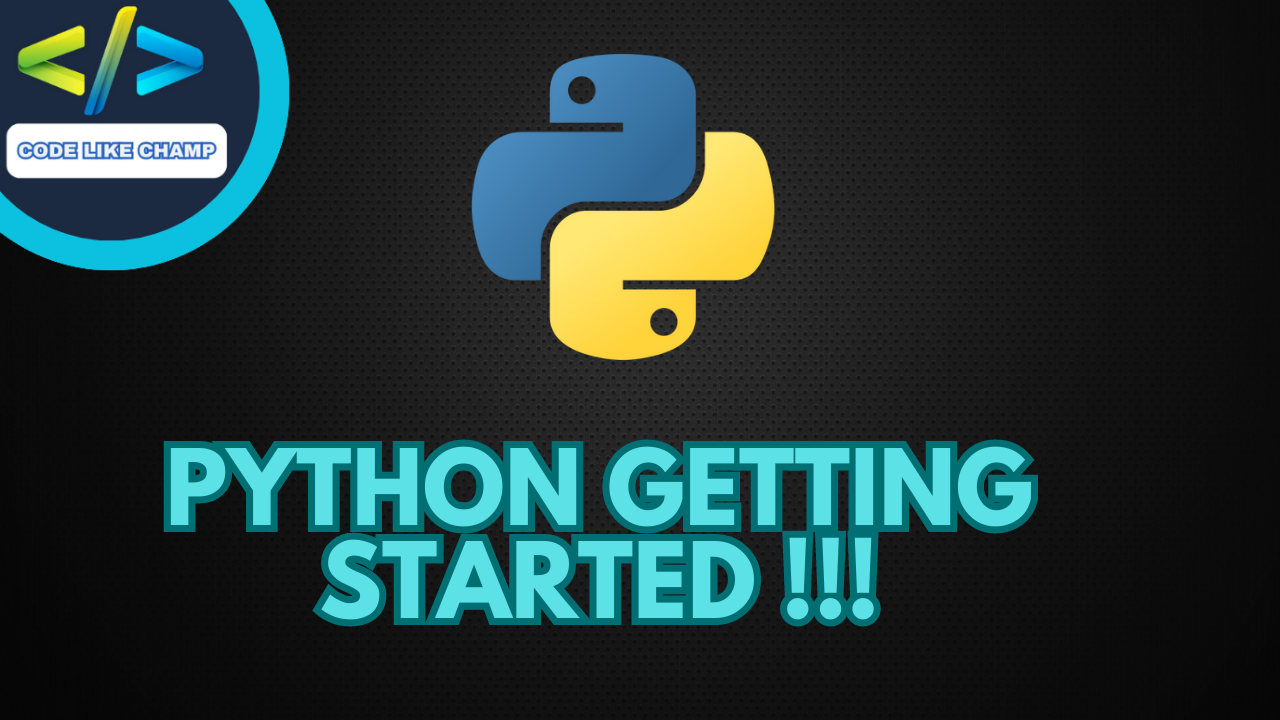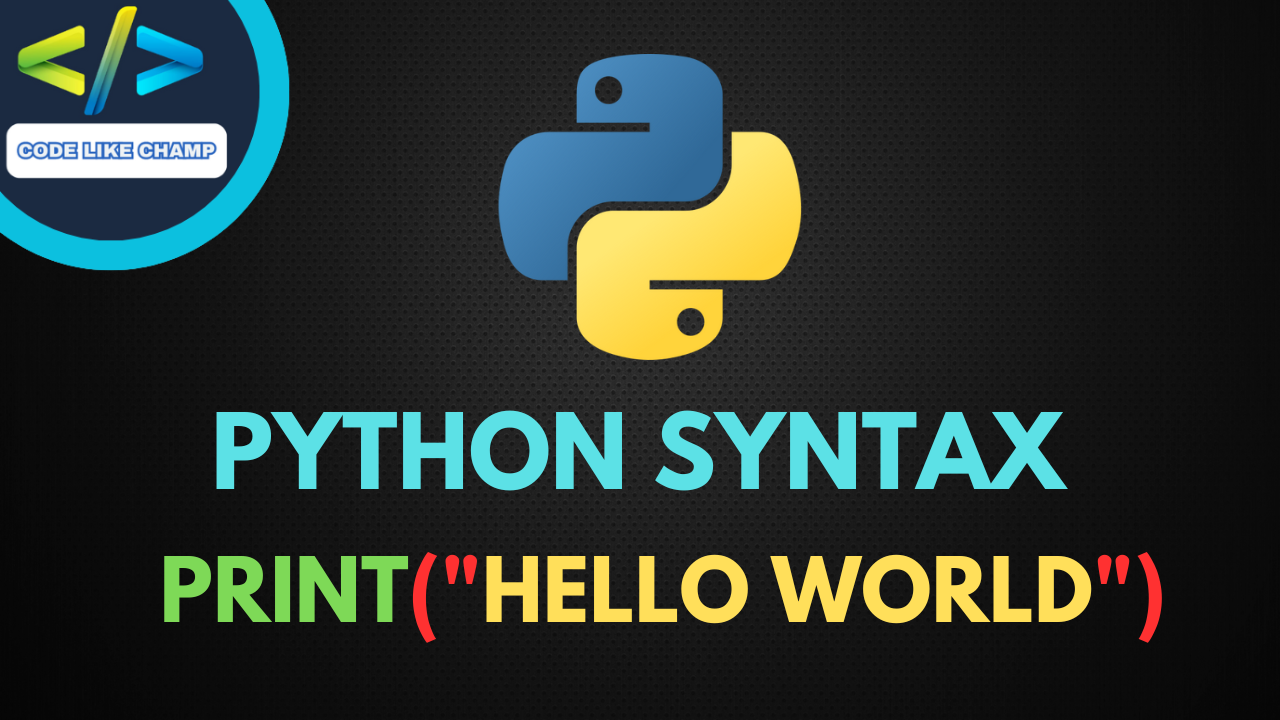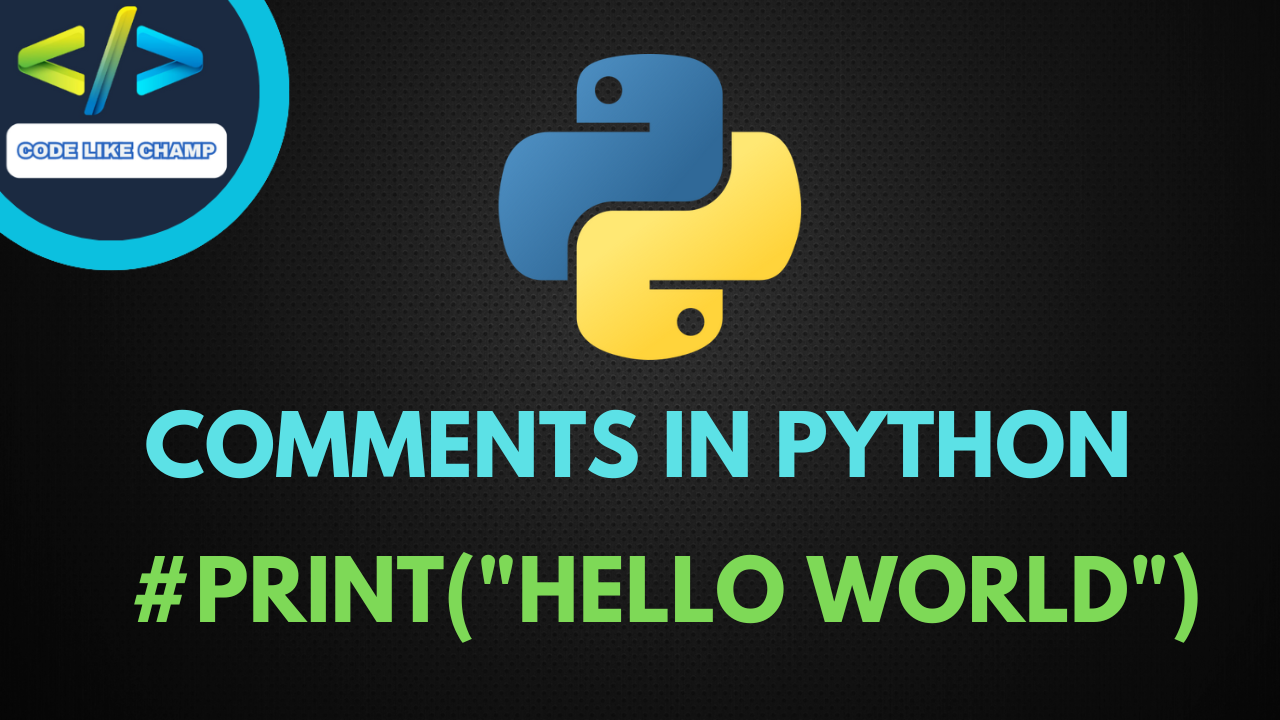1. What is Python Programming
Python is a versatile and powerful high-level programming language. Python Programming widely used for web development, data analysis (AI), Artificial Intelligence, Automation, scientific computing, and much more. Guido van Rossum released Python in 1991. since then, it has been one of the developers’ favorite and most useful programming languages worldwide.

2. Why Choose Python?
Python’s appeal lies in its simplicity and readability, making it an ideal language for beginners and experts. The simple syntax and extensive libraries enable developers to accomplish complex tasks with minimal code. Moreover, Python’s cross-platform compatibility allows users to run their code on various operating systems.
3. Getting started with Python
You need to install the Python interpreter on your system to begin using Python. It is available for major platforms such as Windows, macOS, and Linux. Once installed, you can run Python scripts from the terminal or create interactive scripts through IDLE or other integrated development environments (IDEs). Such as visual studio code or PyCharm it, is a very suitable IDE for Python programming language.

4. Basic of Python Programming
Python uses indentation to define code blocks, which promotes clean and readable code. It supports procedural and object-oriented programming paradigms, providing flexibility in coding styles. Python also has a dynamic typing system that allows variables to change types during runtime, simplifying programming but demands careful attention.
5. Data types and structure in Python Programming
Python offers built-in data types like integers, strings, lists, dictionaries, tuples, and sets. Each data type serves specific purposes and can be used in various combinations to handle complex data structures. Python’s dynamic typing further enhances the ease of working with different data types.
6. Control Flow And Loops in Python Programming
Python provides essential control flow constructs like if-else statements, loops (for and while), and switch-case structures. These facilitate decision-making processes and repetitive tasks, enabling developers to create efficient and dynamic programs
7. Functions and Modules
Functions in Python allow you to divide your code into reusable blocks, making it easier to manage and maintain. Python’s module system also lets you organize functions into separate files, promoting code reusability across projects.
8. Input and Output
Python supports input and output methods, such as reading from/writing to files, user input from the console, and network communication. This makes it suitable for handling diverse data sources and integrating with other applications seamlessly.
9. Libraries and Frameworks
Python boasts many libraries and frameworks that extend its capabilities for specific tasks. Flask and Django are popular frameworks for web development, while NumPy and Pandas are widely used for data manipulation and analysis. TensorFlow and PyTorch provide powerful tools for machine learning and artificial intelligence.

10. Conclusion
In conclusion, Python’s versatility, simplicity, and rich ecosystem make it a top choice for developers across various domains. Its ease of learning and robustness has led to its adoption in educational settings, making it an excellent language for beginners to dive into programming. Python’s continued growth and support from the developer community ensure its relevance and significance in the ever-evolving world of technology. Whether a novice programmer or an experienced developer, Python offers a welcoming and powerful environment to turn your ideas into reality.
Link: https://Codelikechamp.com
Medium Link: Follow me on Medium
Linkedin Link: Follow me on Linkedin





nice blog
thanks